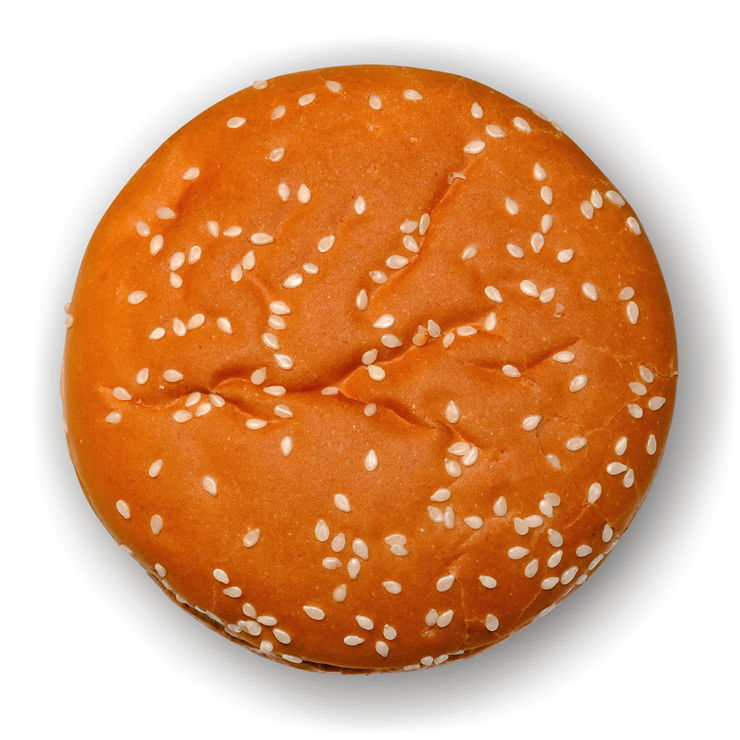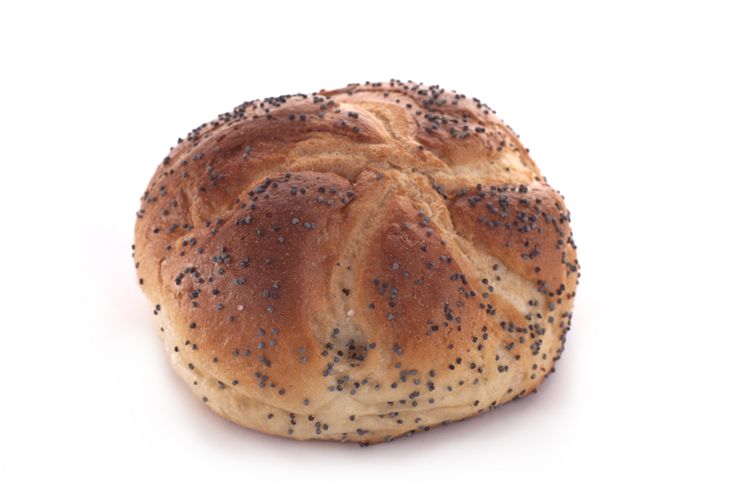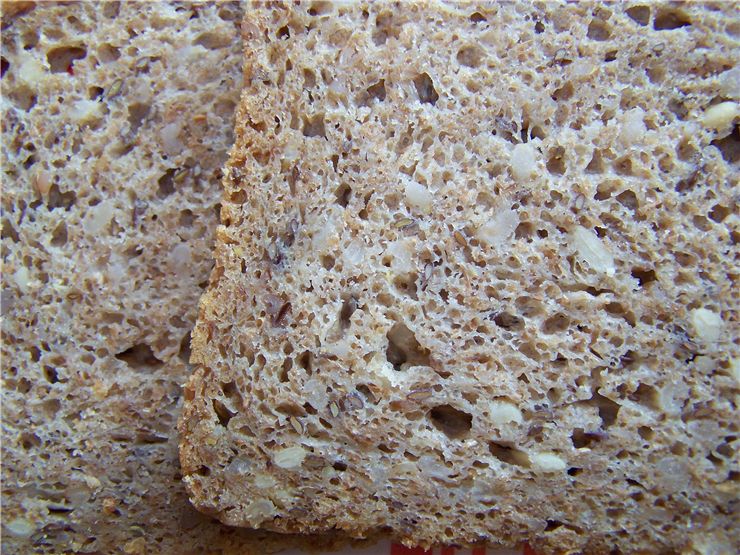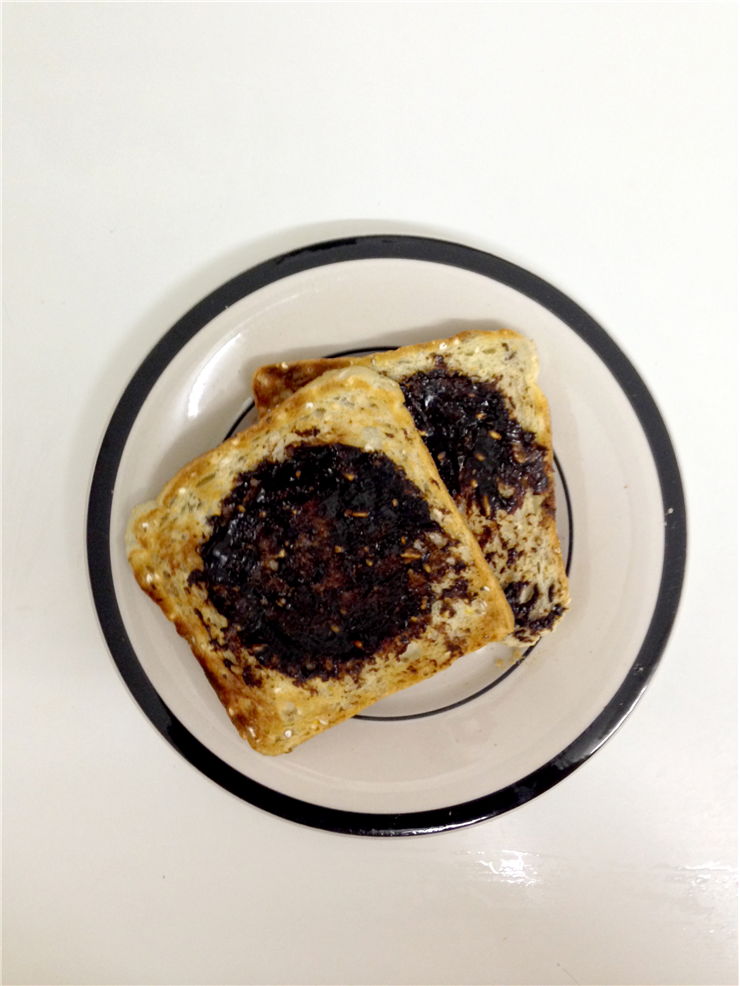Bread Improvers and Dough Conditioners
Generally, anything that is added to a basic bread recipe that affects the taste or time of production of the bread could be called a bread improver. Other terms for such ingredients can be improving agents, bread improvers, dough conditioners and dough improvers. These terms are also used to describe a broad range of natural or chemical additives that speed up the process of dough development. There are four main groups of bread improvers: bleaching agents, oxidizing and reducing agents and enzymes.
Bleaching agents, when added to flour, make it appear whiter. Flour is yellowish in color when its freshly milled and white color wakes it more esthetically pleasing. It also oxidizes the surfaces of the flour grains and helps with developing of gluten which will later make the dough rise better. That gives higher loaf volume and finer grain of the bread. The most used bleaching agents are: benzoyl peroxide, calcium peroxide, nitrogen dioxide, chlorine, chlorine dioxide, azodicarbonamide and oxygen from the atmosphere, used during natural aging of flour. Some methods of flour bleaching, like use of chlorine, bromates, and peroxides, are not allowed in the European Union.
Oxidizing agents are added to flour to increase development of gluten in flour. When made at home, bread is naturally aged through exposure to the atmosphere but in the industrial conditions adding of oxidizing agents saves time and creates stronger dough. The most usually oxidizing agents are: azodicarbonamide (E927), carbamide (E927b), potassium bromate (E924), ascorbic acid, phosphatesmalted barley and potassium iodate. Some flour bleaching agents also work as oxidizing agents.
Reducing agents are added to break the protein network of flour and with that to weaken it. This reduces mixing time, reduces dough elasticity, reduces proofing time, and makes dough easier for machine processing. The most used reducing agents are: L-cysteine, fumaric acid, sodium bisulfate, non-leavened yeast and ascorbic acid.
Added enzymes also improve processing characteristics. Mostly are added amylases, proteases and lipoxygenases. Amylases break down the starch in flours into simple sugars which helps yeast ferment quickly. One of the natural sources of amylase is malt. Proteases degrade some of the gluten and improve extensibility of the dough. Lipoxygenases oxidize the flour. Yeast can naturally produce both amylases and proteases but additional quantities are added to make production quicker.
Some other ingredients that are added to the dough are: monoglycerides and diglycerides (which are added to help to mix ingredients), ammonium chloride (which work as as a yeast nutrient), DATEM (diacetyl tartaric acid ester of mono- and diglycerides or E472e; strengthens the dough by building a strong gluten network) and calcium salts such as calcium iodate (to work as and an oxidant). Natural ingredients that are added are sprouted- or malted-grain flours, soy, milk, wheat germ, potatoes, lecithin and gluten. Some of these ingredients are considered emulsifiers. They help to disperse fat more evenly throughout the dough which helps to trap more of the carbon dioxide produced by yeast to not escape to atmosphere. This produces a fine grain, larger loafs and improved slicing.



